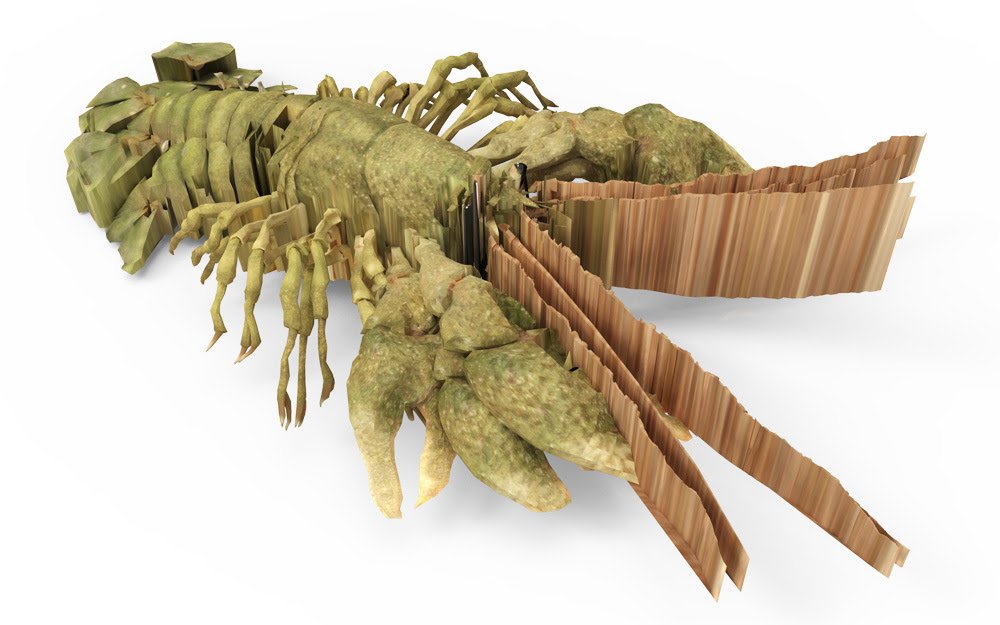Semio-Technical Traffics: Kristoffer Ørum og Emily Rosamond
10 jan - 15 feb 2020Anbefalet under Det skal du se! i uge 2

Anbefalet under Det skal du se! i uge 2
info
Anbefalet under Det skal du se! i uge 2
Wi-Fi networks, radio communications and chemical signals fill the air around us, mostly undetected by the human senses. We engage with networks through icons on hand-held devices, assuming that they will ‘work’, but rarely questioning their histories, technical bases, spatial distributions and politics. Given that the airwaves conceal information to some while revealing it to others, how can invisible communication systems be conceptualized, repurposed or manipulated? Asking this and related questions, and looking at the relationships between technological signalling and the chemical semiosis evolved by animals and plants, the artists explore and disrupt the flow of information travelling through water and air, examining what it means to interfere with network communications.

Emily Rosamond presents a new series of works that think through what it means to listen to ‘background noise’ and tap into hidden communication systems. Through diverse media including a bookwork, video and kinetic sculpture, she assembles a constellation of stories and material reflections about transmitting, detecting, and concealing signals. From Hollywood actress Hedy Lamarr and avant-garde composer George Antheil’s invention of a ‘Secret Communications System’ to help the Allied naval effort during WWII, to acacia trees warning each other to defend themselves against predation by sending ethylene distress signals through the air, from frequency hopping radio waves to plant hormones, the series explores how the ability to predict the future or detect risks often has to do with developing complex forms of ‘listening’ for faint signals – or, equally, with creating distributions of predictability, whereby some are left out of the loop.
Kristoffer Ørum asks viewers to reflect on who has authority over the distribution of information through the networks that course through homes, offices and cities. Wi-Fi networks are designed to control access to information; yet these powerful routers spread private information far beyond its intended audiences and territories. Transmitted information lives an uncontrolled life, and blurs the line between private and public. In a landscape full of information, invisible mechanisms of ownership and control are heavily contested. The works activate and make visible a local landscape of Wi-Fi networks, blurring the understanding of private and public through the invisible and unregulated electromagnetic landscape we create in our domestic surroundings.
Kilde: SixtyEight Art Institute
1123 København K
